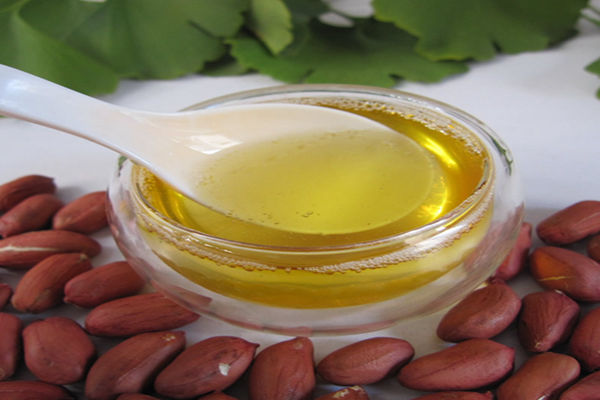Peanut oil is a kind of edible oil that is easier to digest. Peanut oil contains more than 80% unsaturated fatty acids, as well as saturated fatty acids such as palmitic acid, stearic acid and arachidic acid. Due to the lack of peanut oil raw materials and insufficient stocks of peanut oil in China, coupled with the constant high cost of peanut oil crushing, shortage of supply and cost factors, the price of peanut oil in various parts of the country has risen once, and the price of peanut oil has increased. The more sales are in short supply. For the domestic market, the processing of peanut oil is really a good project, but the crude oil extracted by the pressing method and the extraction method does not meet the edible oil standard. It needs to be refined by the peanut oil refining equipment to obtain the national standard requirements and can be put on the market. Peanut oil.

Peanut oil needs to go through degumming, deacidification, dehydration, decolorization, deodorization, dewaxing and other processes in the refining process. What are the main functions of these processes? Here is a brief introduction to everyone.
Degumming: Degumming is also called dephosphorization, that is, removing phospholipids, mucus, resin, protein, sugar, trace metals, etc. in the crude oil. Generally, hydration, acid refining or enzymatic degumming is used.
Deacidification: Generally, FFA, acidic pigments, sulfides, oil-insoluble impurities and trace metals can be removed from the oil by the food-grade lye neutralization method.
Wash with water: Wash away the saponins and water-soluble impurities remaining in the alkali refining.
Dehydration: Heat and vacuum drying are used to remove the water in the refined oil.
Decolorization: using activated clay, aluminum silicate, activated carbon and other adsorbents to remove various pigments, colloids, oxides, etc. in the oil.
Deodorization or physical refining: the principle of vacuum stripping is used to remove low-molecular odorous substances, FFA, monoglycerides, glycolipids, sulfides, and thermal decomposition products of pigments in the oil; the purpose of physical refining is mainly to remove FFA.
Dewaxing or degreasing: mainly use freezing, crystallization or winterization crystallization, and fractionation to remove wax or solid fat in the oil.
The peanut oil refined through the above steps can be filled and sealed after removing the solid particles in the oil, the white clay in the decolorized oil, and the catalyst in the hydrogenated oil with suitable filtering equipment, and it can be smoothly carried out in the market. It's on sale.
Copyright © Henan Zhongxing Grain And Oil Machinery Co.,Ltd. All Rights Reserved. Powered by MetInfo